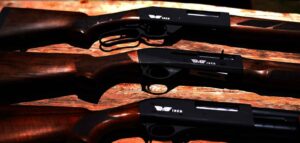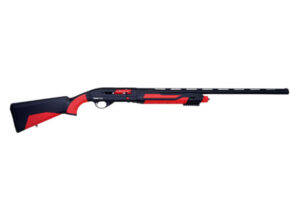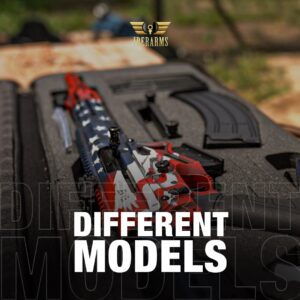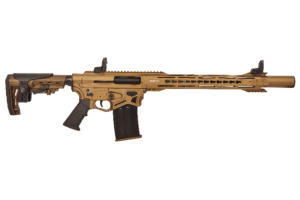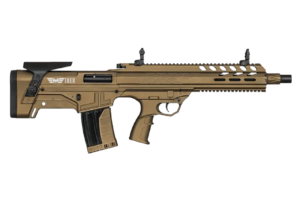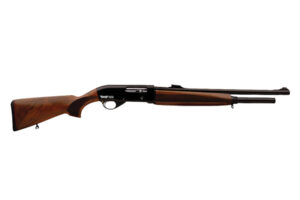The lever-action shotgun is characterized by its unique operating mechanism, which utilizes a lever located beneath the receiver to cycle the action and chamber cartridges. This distinctive feature sets it apart from other types of shotguns such as pump-action or semi-automatics. The lever action shotgun’s design is reminiscent of traditional lever-action shotguns, offering a nostalgic appeal for many firearms enthusiasts.
One prominent feature of lever-action shotguns is their simplicity and reliability. With fewer moving parts compared to semi-automatic or pump-action designs, lever-action shotguns are known for their ruggedness and ease of maintenance. This simplicity makes them particularly well-suited for hunting and shooting in harsh outdoor conditions where reliability is paramount.
Another notable feature of lever-action shotguns is their smooth and swift action. The lever mechanism allows for quick and fluid cycling of cartridges, enabling shooters to rapidly engage targets with minimal interruption. This makes lever-action shotguns well-suited for bird hunting, especially in situations where fast and instinctive shooting is required.
Additionally, lever-action shotguns often feature classic styling and craftsmanship that appeal to collectors and aficionados of vintage firearms. Many lever-action shotgun models boast elegant walnut stocks, blued steel components, and intricate engraving, harkening back to a bygone era of firearm design.
The features of lever-action shotguns include their simple and reliable operation, smooth action, and classic design aesthetic. While they may not offer the same rapid-fire capabilities as some modern shotgun designs, lever-action shotguns excel in providing shooters with a unique shooting experience steeped in tradition and nostalgia.
How to Use the Lever Action Shotguns?
Using a lever-action shotgun effectively involves mastering its unique operating mechanism and understanding the steps required to load, fire, and unload the firearm. The first step is to ensure the shotgun is unloaded and the chamber is empty before handling it. Once this is confirmed, the shooter can proceed to load the shotgun by inserting cartridges into the magazine tube located beneath the barrel. Depending on the specific model, lever-action shotguns typically have a capacity of four to six rounds, although this can vary.
After loading the shotgun, the shooter should chamber a round by pulling the lever downward and then returning it to its original position. This action feeds a cartridge from the magazine tube into the chamber, readying the shotgun for firing. With a round chambered, the shooter can then aim the shotgun at the target, ensuring proper sight alignment and sight picture for accurate shooting.
To fire the lever-action shotgun, the shooter simply squeezes the trigger while maintaining a steady aim. Upon firing, the action will automatically eject the spent cartridge casing and load a fresh round from the magazine tube into the chamber. The shooter can then cycle the lever downward and back up again to chamber another round, allowing for rapid follow-up shots if necessary.
Once shooting is complete or if the shooter needs to unload the shotgun, they can engage the action’s lever to open the chamber and visually confirm that it is empty. They can then proceed to remove any remaining cartridges from the magazine tube by cycling the action and manually extracting them. Finally, the shooter should always engage the firearm’s safety mechanism when not actively shooting to prevent accidental discharges.
Using a lever-action shotgun involves loading cartridges into the magazine tube, chambering a round by cycling the lever, aiming, firing, and then cycling the lever again to chamber subsequent rounds. By familiarizing themselves with these steps and practicing proper firearm safety procedures, shooters can effectively and safely use lever-action shotguns for hunting, sport shooting, or recreational shooting activities.



